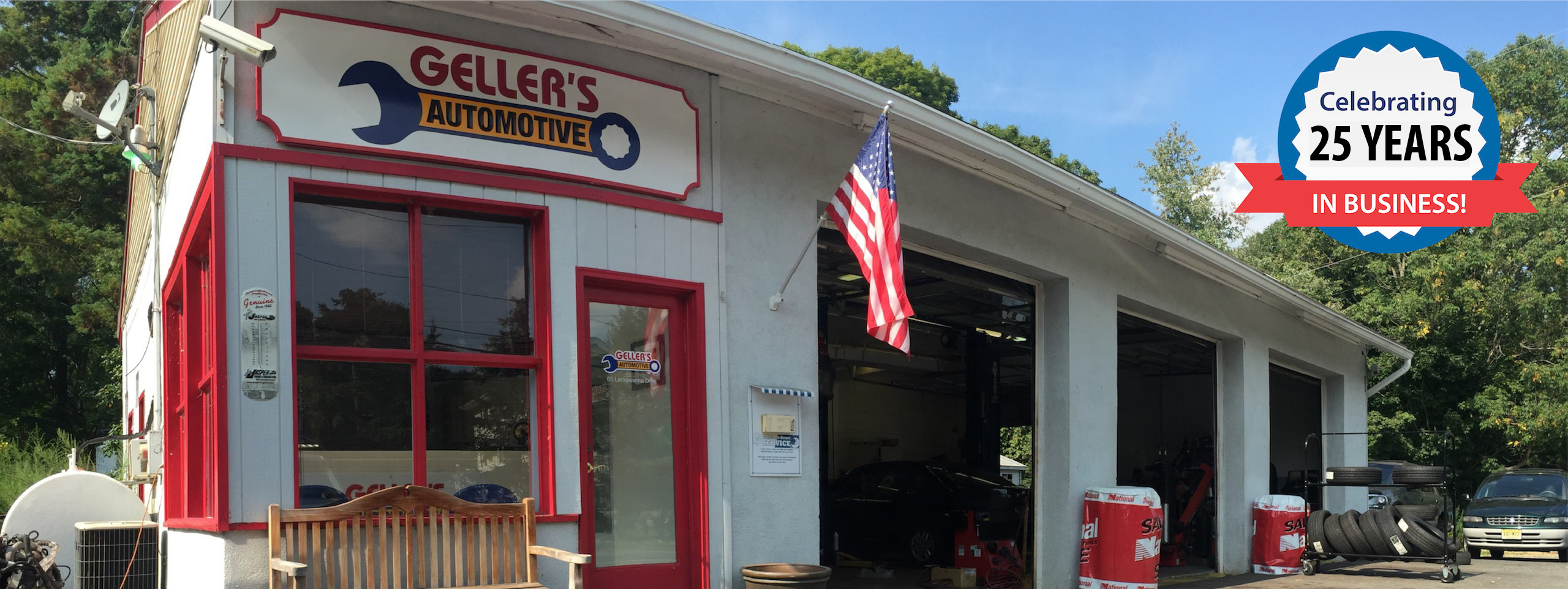
A blown head gasket is a pretty big deal. It’s such a major engine problem that some people actually refer to it as a blown motor. When there is a problem with the head gasket and you continue to drive, you will end up having to rebuild or replace the engine… or worse, buying a new vehicle. By properly maintaining your vehicle, you can prevent a blown head gasket from happening. Here’s more on the subject.
A blown head gasket occurs when coolant leaks into the engine. The head gasket is there to seal off coolant from the engine block. Because it is exposed to varying conditions and engine temperatures, just like any other part on your vehicle, the head gasket will become worn and need to be replaced. Most people don’t want to have this done because of the cost. Since the engine must be completely disassembled to access the head gasket, it’s one of the more expensive auto repair services.
How to Know if a Head Gasket is Blown
In addition to the age of the vehicle, an overheated engine is one of the more prevalent reasons for a failed head gasket. When an engine overheats, the cylinder head can expand resulting in a crushed head gasket. Coolant is then able to enter into the engine block and mix with the motor oil. By taking care of your vehicle’s cooling system and replacing a head gasket before it fails, you will be able to avoid the major expense of rebuilding or replacing the engine. Here are the signs of a blown head gasket:
- A heavy white smoke comes out of the exhaust pipe while you are driving.
- You may notice coolant leaks on the grown beneath the exhaust manifold.
- The engine may overheat.
- Bubbles can be seen in the radiator or coolant overflow tank.
- There is a white or milky appearance to the engine oil.
- You don’t notice any signs of a coolant leak, but you have to continually add coolant.
How to Prevent Head Gasket Failure
The best way to prevent a complete head gasket failure is to have the coolant flushed and replaced on a regular basis. We can test your coolant for the level of protection and will let you know when it needs to be replaced. The rule of thumb is to replace the coolant at least every two years, if not sooner. Equally important is to check the belts and hoses at least once a month and replace any that are showing signs of excessive wear. You can do this in your driveway. Likewise, we will check the belts and hoses each time you bring your vehicle in for an oil and filter change or another maintenance service.



